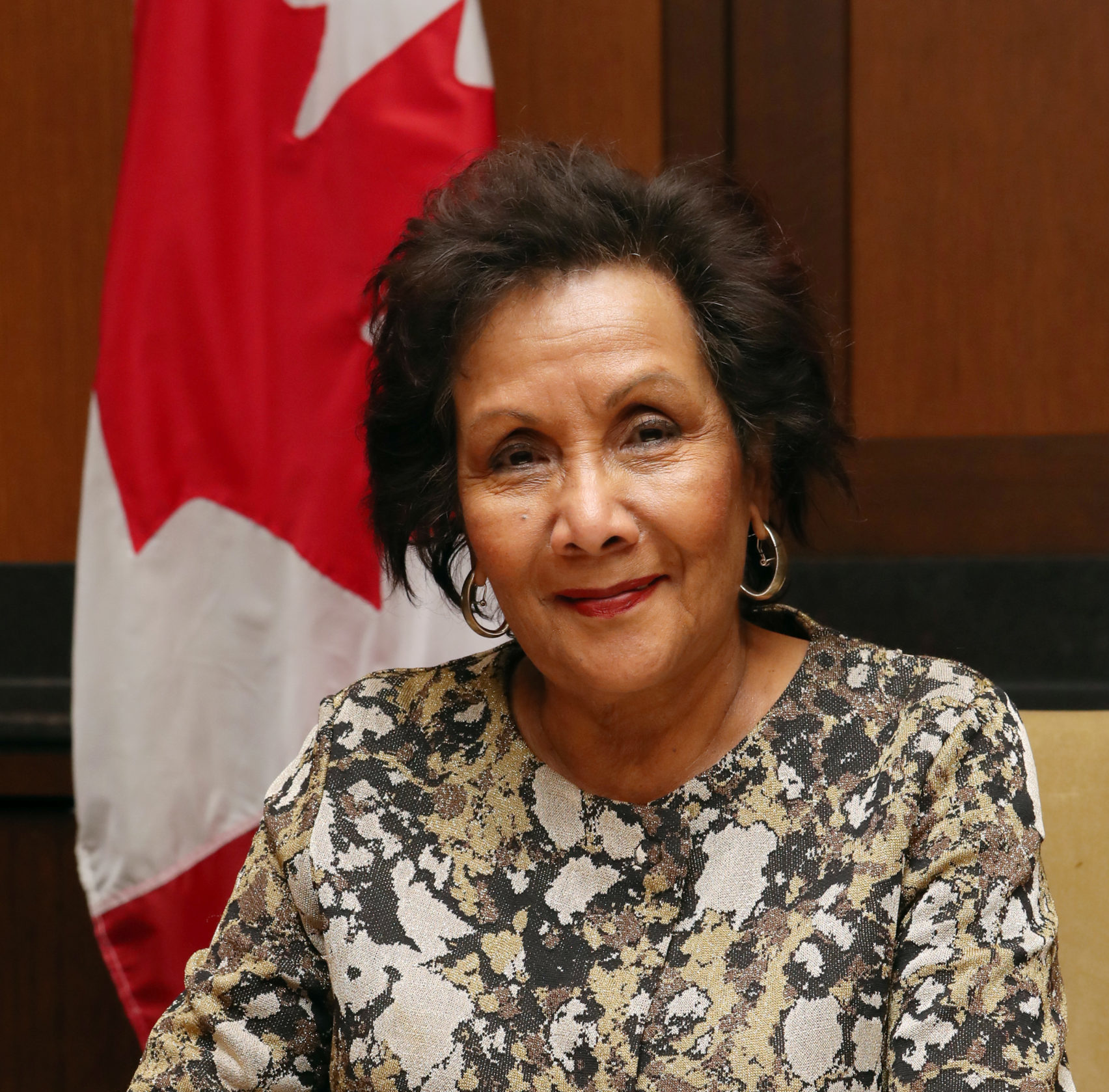The 2021 Census content has been made public through the Canada Gazette.
During the last mandate, one of our first actions as Government was to restore the mandatory long-form census. This not only honoured our commitment to evidence-based decision making, but also resulted in a 98.4% response rate to the census – the highest ever.
Furthermore, we passed Bill C-36, which reinforced the independence of Statistics Canada and ensured Canadians can continue to rely on the integrity and accuracy of the data produced by our national statistical agency.
First and foremost, we understand the importance of disaggregated data now more than ever. The census provides us the opportunity to collect and analyze data by race, religion, First Nation Status, languages spoken, etc. Our office has been working with Statistics Canada to address the need for race-based disaggregated data. That is why the Labour Force Survey will start including race-based questions starting this month. Statistics Canada has also taken the lead to enable police agencies to report statistics on Indigenous and ethno-cultural groups in police reported crime statistics on victims and accused persons.
Census 2021 will provide us an updated profile of the ethno-cultural characteristics of the Canadian population, at low levels of geography. This will allow us to target policies towards groups that may need additional support for employment equity, access to education, income supports, and housing affordability.
In response to stakeholder needs, there are new additions to the census. Statistics Canada conducted a series of tests of the content throughout 2018 and 2019, including a live 2019 Census Test involving 135,000 households across the country. Additions will include:
- Gender and Sex: There were some gaps in the 2016 Census in measuring gender identity and non-binary populations. The 2021 Census will fill this gap with a question on gender on the short-form. Questions on sex will be revised to ask sex-at-birth providing more accuracy and inclusivity.
- Ethnic origins: Our methodology on ethnic origin in 2016 had resulted in some bias and underrepresentation, and this concern was voiced by several stakeholders – especially Jewish Canadians. In response, Statistics Canada created a working group formed with experts from the Jewish community, including academics and organization representatives (such as the Centre for Israel and Jewish Affairs).
- Following extensive consultations on this issue, the new question addresses the issue of bias that results from providing the ‘prompt’ or specific examples.
- Census 2021 will not include any examples on the questionnaire itself but instead provide respondents with a brief description of different types of origins and offer a link to an extensive list of more than 400 origins.
- Almost 76% of Canadians are expected to fill out the Census online, so they will be able to quickly look at the several examples with the click of a button. This approach is scientifically proven to provide the most accurate picture of different ethnic origins in Canada.
- Veterans: There are more than 600,000 veterans in Canada, but not all are known to Veterans Affairs Canada. There are challenges in the provision of services and programs to support them and their families because of the gaps that exist in our administrative records. To fill these gaps, a question on Veterans is being added to the census, which will help backfill the known data gaps in historical administrative records.
- Indigenous: We are adding a new question on membership in a Métis organization and a question on enrollment under an Inuit land claims agreement. These two questions, in addition to the existing module of Indigenous questions, will provide a robust base on which to build on our commitment to this relationship.
- Labour market conditions: To better capture the dynamic labour market, the changes to the quality of employment and attachment to the labour force, especially among vulnerable populations, we are adding two new questions: one, the main reason for working part-time, and two, the main reason for not working full-year.
- Commuting: The environment remains a priority for our government, and transportation is a key element. Understanding changes in the distance and modes of commuting to work is important. That is why we will also capture multiple modes of commuting. These data are important for both transportation infrastructure planning and the environment.
- Religion: Every ten years, Statistics Canada asks a question on religion. This will be included in the 2021 Census as well.
- Official Languages: For the first time ever, we will be collecting data on minority language rights holders and these questions will be on the short form census. For decades, Francophones outside of Quebec and Anglophones in Quebec have been fighting for their Charter rights to provide their children the opportunity to be educated in the official language of their community. The 2021 Census is an opportunity for us to provide Canadians with an accurate and reliable portrait of official language minority rights holders in this country.
The inclusion of these questions in the census is an important next step, and one that we have worked hard for as Government. It will continue the progress we have made in improving the integrity and accuracy of our data across the country. The census can be viewed here:
http://canadagazette.gc.ca/rp-pr/p1/2020/2020-07-18/html/order-decret-eng.html#dd1





